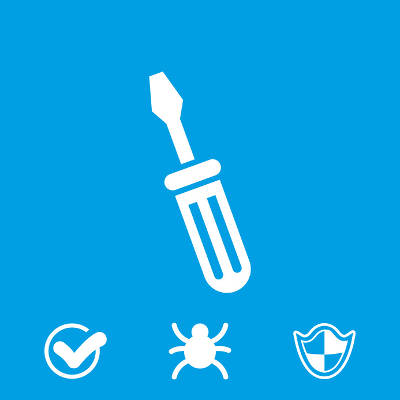Your Guide to Tightening Up Network Security

Network security is one of the most important parts of running a business, but you might be surprised by how easy it is to fall prey to some of the more common threats out there. It’s not enough to implement endpoint security or train your employees. Comprehensive network security is a considerable investment that requires not only the utmost care, but enterprise level solutions, backed up with the knowledge of security professionals.
We’ll walk you through some of the ways you can tighten up your network security. Remember, the end goal here is to ensure that your business can not only survive a data breach, but prevent one entirely. As such, you need to take a multilayered approach to network security, including endpoint security, best practices, and patching and system updates.
Endpoint Security – Optimizing Network Security
Your business’ technology needs to be properly secured if you hope to stay in business. For example, your company likely employs the use of multiple different types of technologies, including workstations and server units, to get work done and share information throughout the workday. Furthermore, your employees might bring mobile devices to the table, which adds even more endpoints to your business’ infrastructure. All of these devices need to be secured; otherwise, you’re risking your business’ integrity.
A unified security solution like a Unified Threat Management (UTM) device can provide preventative solutions to keep threats from becoming major problems down the road. You can protect your network with a firewall, antivirus, spam blocker, and content filter, all to keep issues away from your data.
User Best Practices – Creating a Mindful Workforce
The next step toward protecting your infrastructure is to handle the user side of things. By this, we mean the end-user, your employees, or the ones actually using your business’ technology solutions. It’s one thing to implement powerful enterprise-level security solutions, but another entirely if an uninformed user lets threats in through a phishing email or clicking on the wrong link. Therefore, you want to take measures to ensure your employees are trained, or at least relatively competent, with security best practices.
You should always express the importance of security awareness training to your staff, as well as password best practices. Doing so allows you to minimize risk, but more importantly, covers your bases so that you know you’ve done everything in your power to secure your organization. By regularly testing your employees on network security and enforcing security-minded policies, you can significantly reduce the risk of your employees being the cause of security threats.
Patching and System Updates – Maintaining Your Infrastructure
It doesn’t matter how many devices your business owns and uses for operations. Regardless of how many systems are utilized, you will need to patch every system for any potential vulnerabilities. Over time, you might notice in the news that software solutions your business utilizes will become vulnerable to new and emerging threats. In cases like this, you will need to implement patches and security updates to any affected systems. If you don’t, you’re putting your business at unnecessary risk.
Automating patching and system updates will allow your company to focus on more important things, like operations, instead of worrying about how long it will take to update your software and operating systems. In fact, most of these patches and updates can be applied remotely, eliminating the need for an on-site visit.
If your business is concerned about network security, you should consider working with a managed service provider to both augment and reinforce your current network security practices. Catalyst Technology Group can equip your network with all of the above tools so that you can ensure there is minimal risk associated with security troubles. To learn more, reach out to us at (317) 705-0333.

